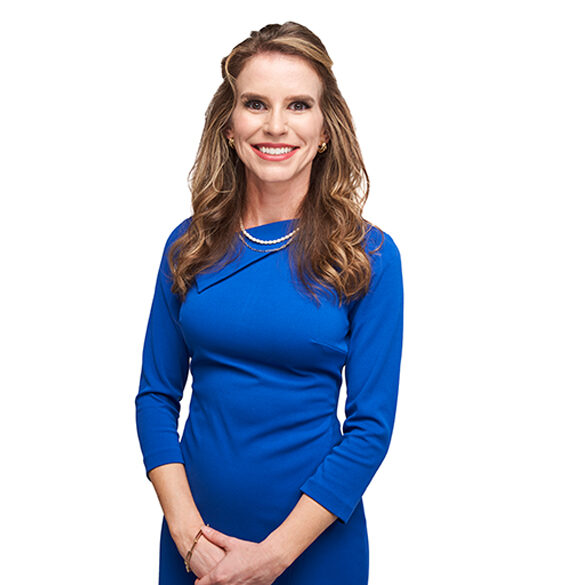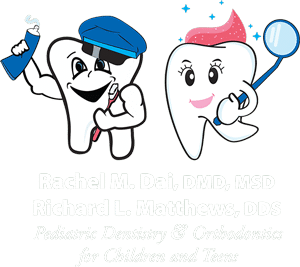The 9-Second Trick For Causey + Hall Orthodontics
The 9-Second Trick For Causey + Hall Orthodontics
Blog Article
Little Known Facts About Causey + Hall Orthodontics.
Table of ContentsHow Causey + Hall Orthodontics can Save You Time, Stress, and Money.9 Simple Techniques For Causey + Hall OrthodonticsThe smart Trick of Causey + Hall Orthodontics That Nobody is Talking AboutUnknown Facts About Causey + Hall Orthodontics5 Simple Techniques For Causey + Hall OrthodonticsA Biased View of Causey + Hall Orthodontics
What is the distinction between a dental practitioner and an orthodontist? All dentists, consisting of orthodontists, deal with the teeth, gums, jaw and nerves.Orthodontists and dental practitioners both provide dental treatment for patients. The major difference is that coming to be an orthodontist calls for a certain specialty in dealing with the misalignment of the teeth and jaw.
An orthodontist is a dental professional that has gone through training to specialize in the medical diagnosis, avoidance and treatment of irregularities in the jaw and teeth. Orthodontists can assist people of all ages.
The 10-Minute Rule for Causey + Hall Orthodontics
This consists of all the needed education to become a basic dental practitioner. According to the American Student Dental Organization (ASDA), it suggests you will certainly require to have either a Doctor of Medication in Dentistry (DMD) or a Doctor of Oral Surgical Treatment (DDS). To put it simply, orthodontists need to complete oral institution and after that obtain an orthodontics specialty education.


When you have a healthy and balanced bite, you can talk, eat and consume properly, thus improving your lifestyle. Various other than the orthodontist, we typically see assistants dealing with these dental specialists in their facilities. So, what is an orthodontist aide called? They're appropriately called orthodontic assistants. They are specialized aides, and are trained to deal with oral equipment and offer preventative dental medical care.
Causey + Hall Orthodontics Can Be Fun For Everyone
In addition, we use adjustable therapy timetables, versatile payment alternatives and a fun, enjoyable experience.
An orthodontist is a dental professional trained to diagnose, avoid, and treat teeth and jaw irregularities. Orthodontists function with individuals of all ages, from youngsters to adults.
All orthodontists are dental professionals, however not all dental practitioners are orthodontists. Orthodontic residency programs offer intensive, focused direction for oral professionals. They concentrate on 2 locations: How to correctly and safely move teeth How to correctly direct advancement in the teeth, jaw, and faceOnce an orthodontist has read what he said completed training, they have the option to become board licensed.
The Single Strategy To Use For Causey + Hall Orthodontics
Misalignment, or malocclusion, is the most common factor individuals see an orthodontist - orthodontic specialist. It is hereditary and is the outcome of dimension differences in between the top and lower jaw or in between the jaw and teeth. Malocclusion results in tooth overcrowding, an irregular jaw, or uneven bite patterns. Malocclusion is normally treated with: Your orthodontist attaches metal, ceramic, or plastic square bonds to your teeth.
If you have only small malocclusion, you may have the ability to use clear dental braces, called aligners, instead of standard braces. Some people require a headwear to aid move teeth right into line with pressure from outside the mouth. After dental braces or aligners, you'll need to put on a retainer. A retainer is a custom device that keeps your teeth in position.
They're most commonly used on kids. They can develop extra space in the mouth without needing to pull teeth. If you have a serious underbite or overbite, you may need orthognathic surgical treatment (also called orthodontic surgical treatment) to lengthen or reduce your jaw. Orthodontists utilize wires, surgical screws, or plates to support your jaw bone.
Unknown Facts About Causey + Hall Orthodontics
Throughout your very first orthodontic appointment, you'll likely have: A dental examPhotos taken of your face and smileDental X-raysPanoramic (360 level) X-rays of your face and headImpressions to produce molds of your teethThese examinations will certainly aid your orthodontist understand exactly how to wage your treatment. An orthodontist is a dental professional that's had training to treat your teeth and jaw.
Orthodontists might do surgical procedure, exams,X-rays,and even more to help you achieve a more comfortable, much healthier smile. An orthodontist is concentrated on your bite, so something like a broken tooth would be handled by a dentist. Orthodontists are dental professionals but not all dental practitioners are orthodontists. Orthodontists are concentrated on your bite, or the way your teeth meshed, and the straightness of your teeth.
7 Simple Techniques For Causey + Hall Orthodontics
What precisely does an orthodontist do? Orthodontists are dental professionals that focus on correcting irregularities in the teeth and jaws.

Clear aligners, like Invisalign, are a prominent choice for clients looking for a more discreet therapy alternative. These removable trays are personalized to gradually change the teeth's setting. Headwear may be utilized combined with braces or aligners to use added targeted forces, especially for correcting jaw inconsistencies. In instances of narrow jaws, palatal expanders can be utilized to produce room for proper tooth positioning.
Report this page